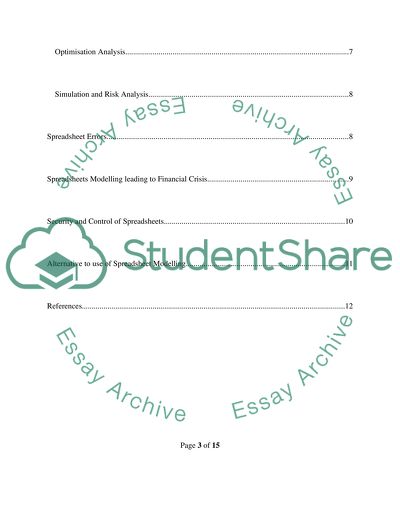Cite this document
(“Giving a Critique of the Usefulness of Spreadsheet Modelling in Essay”, n.d.)
Retrieved from https://studentshare.org/finance-accounting/1445952-giving-a-critique-of-the-usefulness-of-spreadsheet
Retrieved from https://studentshare.org/finance-accounting/1445952-giving-a-critique-of-the-usefulness-of-spreadsheet
(Giving a Critique of the Usefulness of Spreadsheet Modelling in Essay)
https://studentshare.org/finance-accounting/1445952-giving-a-critique-of-the-usefulness-of-spreadsheet.
https://studentshare.org/finance-accounting/1445952-giving-a-critique-of-the-usefulness-of-spreadsheet.
“Giving a Critique of the Usefulness of Spreadsheet Modelling in Essay”, n.d. https://studentshare.org/finance-accounting/1445952-giving-a-critique-of-the-usefulness-of-spreadsheet.


